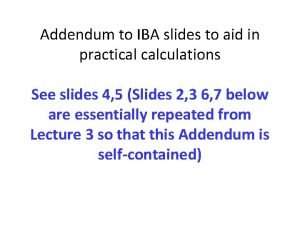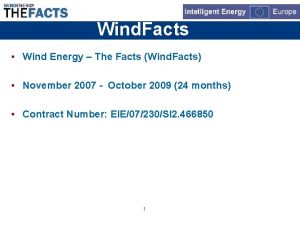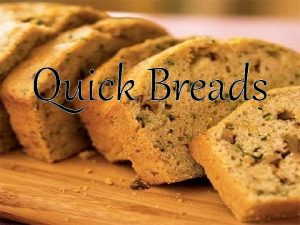QUICK FACTS ON H 1 N 1 What








- Slides: 8

QUICK FACTS ON H 1 N 1.

What is it? Intellectual Property Culture and Leadership 1. Promoting Creativity and Inventiveness 2. IP Vision i. Corporate IP Policy ii. Leading an IP enabled Organization; iii. IP Responsibilities of the CEO and Board of Directors 3. Promoting IP Culture in an Organization 4. IP Advocacy

Methods of transmission Asserting IP Rights i. Settling IP Disputes (Mediation and Arbitration) ii. Enforcing IP Rights (Police, Customs, Judiciary) 1. Potential competitors may knowingly or unknowingly copy some aspect of a client's business. This may include outright infringement of a patented product or service, copying written material or designs, using a business' slogan, logo, or brand name, lifting quality web site style or art or text, or improperly acquiring trade secrets. Accusing a business of infringement is a serious

Symptoms Intellectual Property and Business Relationships/Strategic Alliances 1. Licensing (arm’s length) 2. Vendors 3. Outsourcing 4. Marketing and Distribution Agreements 5. Contract Manufacturing 6. R&D Agreements 7. Spinoffs, Divestitures 8. Joint Ventures

Highest risk 9. Role of IP in business: Today, both small and large corporate clients benefit from adequate management of IP. IP plays four major roles. • Patents, copyrights, and trademarks provide a company with a right to assert a marketplace position. • Intellectual property positions may also be used to defend against accused infringement. • Compliance, such as software and copyright compliance is a part of good corporate

How to protect yourself Avoid contact with people with symptoms Minimize time spent in crowded places Avoid touching your eyes, nose or mouth after contact with surfaces or symptomatic people WASH your hands regularly with soap and water or alcohol gel Cough or sneeze into tissues or the sleeves of your clothes Take paracetamol if you have a fever with your cough, rest and drink plenty of fluids

What to do if symptoms As symptoms are very similar to malaria, Go first to hospital to have temperature checked and blood tested for malaria parasites If only mild fever, stay at home, PLENTY of rest, drink PLENTY of fluids Take paracetamol every 4 hours if feverish

EMERGENCY SIGNS In children- fast or difficult breathing, pale colour, refusing to drink fluids, severe or persistent vomiting, difficulty waking up from sleep In Adults- shortness of breath, pain or pressure in chest and abdomen, sudden dizziness, confusion, severe or persistent vomiting















